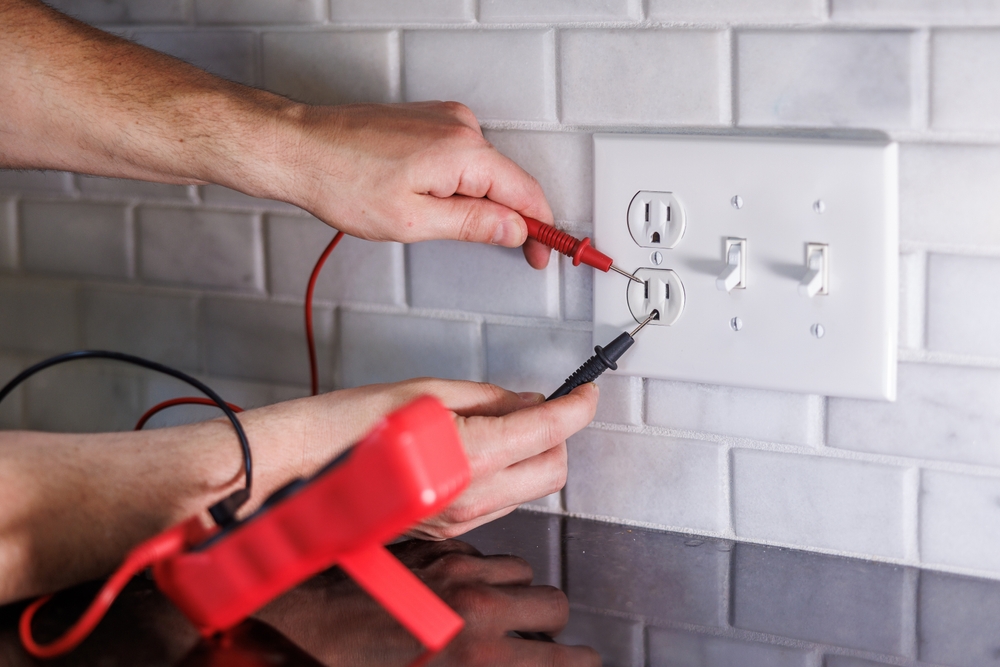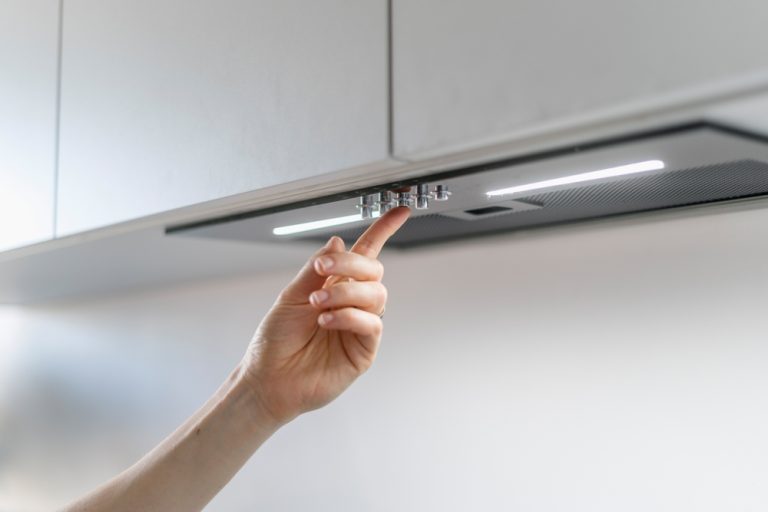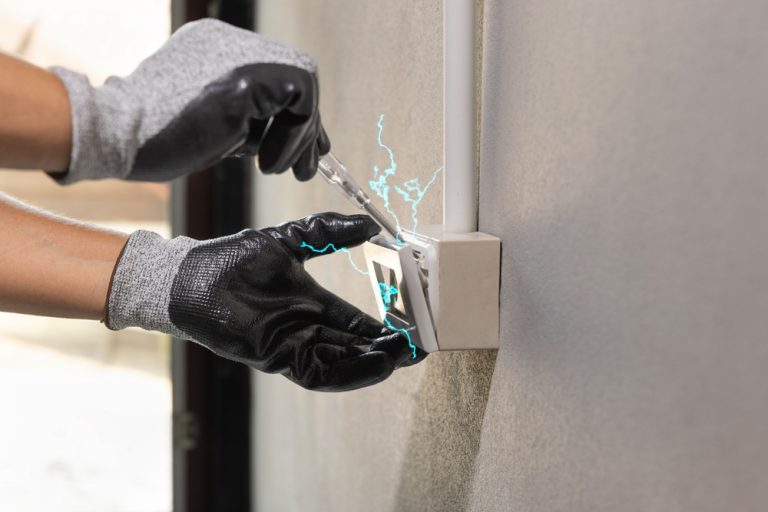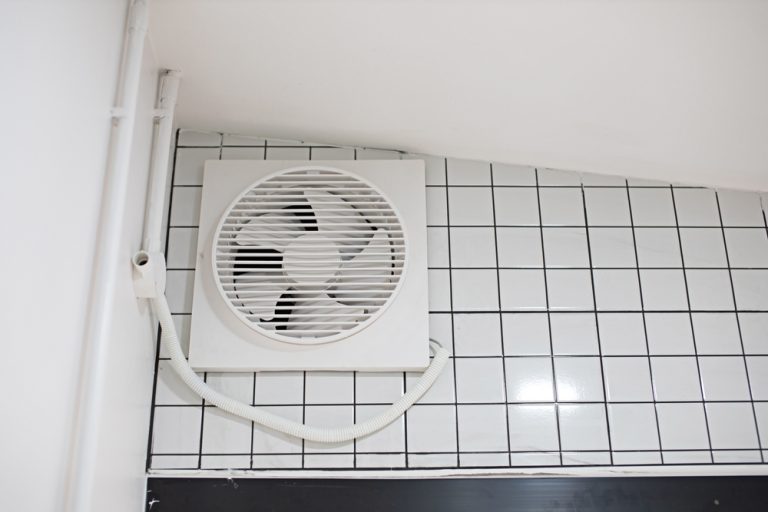How Many Electrical Circuits in a Kitchen?

Kitchens are among the most power-demanding spaces in a home due to the wide range of appliances and devices used daily. One of the critical questions when planning or upgrading a kitchen is, how many electrical circuits in a kitchen are needed? Proper electrical planning ensures the safety and efficiency of your kitchen, preventing overloaded circuits and electrical hazards.
In this blog, we’ll explore the types of circuits required in a kitchen, how many circuits you should have, and why they are essential for both safety and functionality.
Understanding the Need for Multiple Electrical Circuits
In a typical home, the kitchen uses more electricity than almost any other room. Between large appliances like refrigerators and ovens to small gadgets like coffee makers and microwaves, a single electrical circuit simply cannot handle the load. Knowing how many electrical circuits in a kitchen is necessary can help prevent tripped breakers, overloaded circuits, and other electrical issues that might arise from improper planning.
Why Multiple Circuits?
Each kitchen appliance draws different amounts of electricity, and some require more power than others. For example, heavy-duty appliances like dishwashers, microwaves, and refrigerators often need dedicated circuits. By spreading the electrical load across multiple circuits, you reduce the risk of overloads and ensure that your kitchen runs smoothly and safely.
Types of Electrical Circuits Required in a Kitchen
To understand how many electrical circuits in a kitchen are necessary, it’s important to first break down the types of circuits typically used in a modern kitchen.
Small Appliance Circuits
The National Electrical Code (NEC) requires that kitchens have at least two 20-amp small appliance circuits. These circuits are dedicated to countertop outlets where small kitchen appliances such as toasters, coffee makers, and blenders are plugged in. Having two circuits ensures that no single circuit is overwhelmed by multiple appliances running simultaneously.
Dedicated Circuits for Large Appliances
Larger kitchen appliances like the refrigerator, oven, microwave, and dishwasher need their own dedicated circuits. These circuits are often rated higher—typically at 15 to 30 amps, depending on the appliance. For example:
- Refrigerator: A dedicated 15-amp or 20-amp circuit.
- Oven or Cooktop: A dedicated 40-amp or higher circuit for electric ranges.
- Dishwasher: A 15-amp or 20-amp circuit.
- Microwave: A 20-amp circuit.
These dedicated circuits are necessary because these appliances draw a significant amount of power, and sharing a circuit with other devices can cause electrical overloads.
Lighting Circuits
In addition to appliance circuits, your kitchen will also require lighting circuits. These circuits are typically 15-amp circuits, and they power all of the lighting fixtures in your kitchen, such as ceiling lights, under-cabinet lights, and any accent lighting.
GFCI Circuits
Ground Fault Circuit Interrupter (GFCI) outlets are required in areas where water is present, making them essential for kitchen outlets near sinks, countertops, and any other wet areas. GFCI outlets protect you from electrical shock by quickly shutting off the power if a ground fault occurs.
How Many Electrical Circuits in a Kitchen?
So, how many electrical circuits do you actually need in a kitchen? The answer depends on the size of your kitchen and the number of appliances and electrical devices you use regularly.
Small Kitchens
In a smaller kitchen with fewer appliances, you can typically get by with:
- Two 20-amp small appliance circuits for countertops.
- One dedicated 15-amp circuit for the refrigerator.
- One 15-amp lighting circuit.
- One 20-amp GFCI circuit for outlets near the sink.
In total, a small kitchen may require around five circuits to run efficiently.
Larger Kitchens
Larger kitchens, especially those with multiple large appliances, may require additional circuits. For instance:
- Two 20-amp small appliance circuits.
- Dedicated circuits for each major appliance (refrigerator, oven, dishwasher, microwave, etc.).
- Multiple lighting circuits if you have more complex lighting designs.
- GFCI circuits for outlets near water sources.
A larger kitchen may need anywhere from six to 10 circuits or more, depending on the electrical load.
Why Proper Circuit Planning is Essential?
Knowing how many electrical circuits in a kitchen is essential for both safety and functionality. Here’s why planning your kitchen’s electrical layout carefully is crucial.
Preventing Overloads
Without proper planning, too many appliances plugged into a single circuit can overload the system, leading to frequent tripped breakers or even electrical fires. By distributing the electrical load across multiple circuits, you reduce the strain on your electrical system.
Compliance with Electrical Codes
Most local building codes, guided by the NEC, require specific numbers of circuits and types of outlets in kitchens. Failing to meet these requirements can result in penalties, failed inspections, and unsafe living conditions.
Improving Efficiency
A well-designed electrical system ensures that your kitchen appliances and lighting work efficiently without interruptions. With dedicated circuits for major appliances and properly spaced outlets for small appliances, you’ll have a smoother workflow in the kitchen.
Working with an Electrician
Deciding how many electrical circuits in a kitchen should be installed is not something to tackle alone. Working with a licensed electrician is highly recommended to ensure your kitchen’s electrical system is safe, compliant with codes, and properly installed.
Why Hire a Professional Electrician?
- Code Compliance: Electricians are familiar with local building codes and the NEC. They can ensure that your kitchen’s electrical setup meets the required standards.
- Safety: Incorrectly installed circuits or overloaded breakers can lead to serious safety risks. A professional ensures that your kitchen is safe and up to code.
- Future-Proofing: A professional electrician can help you plan for future electrical needs, ensuring your kitchen is equipped to handle new appliances or renovations down the line.
Additional Electrical Planning Tips
When determining how many electrical circuits in a kitchen are needed, there are a few extra tips to keep in mind to ensure your kitchen is equipped for all your electrical needs.
Plan for the Future
Even if you don’t need a lot of electrical circuits now, it’s a good idea to plan for future needs. As technology advances, you may add more appliances or gadgets to your kitchen, so having extra circuits available can save you time and money later.
Separate High-Power Appliances
Avoid plugging high-power appliances, like ovens and microwaves, into shared circuits. Always provide dedicated circuits for these appliances to ensure they receive enough power and don’t trip the breakers.
Conclusion
So, how many electrical circuits in a kitchen are needed? The answer depends on the size of your kitchen and the number of appliances you use, but most modern kitchens require at least five circuits, including two for small appliances and dedicated circuits for major appliances like the refrigerator and oven.
By working with a licensed electrician and following the NEC guidelines, you can ensure that your kitchen’s electrical system is safe, efficient, and ready for daily use. Proper circuit planning not only ensures that your kitchen runs smoothly but also helps prevent electrical hazards in the long run.






